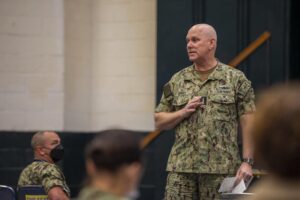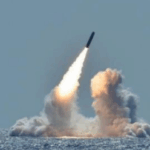
President Biden’s nominee to be the next vice chairman of the Joint Chiefs of Staff said Wednesday he plans to push new capability development “even faster” in his role leading the joint requirements process and affirmed a commitment to continued nuclear modernization as a top priority. Adm. Chris Grady, who most recently served as head of U.S. Fleet Forces Command, told the Senate Armed Services Committee during his confirmation hearing he plans to continue acquisition reforms efforts led by his…

 By
By 











